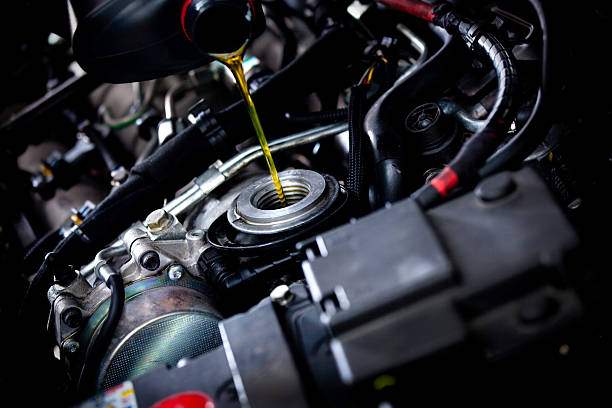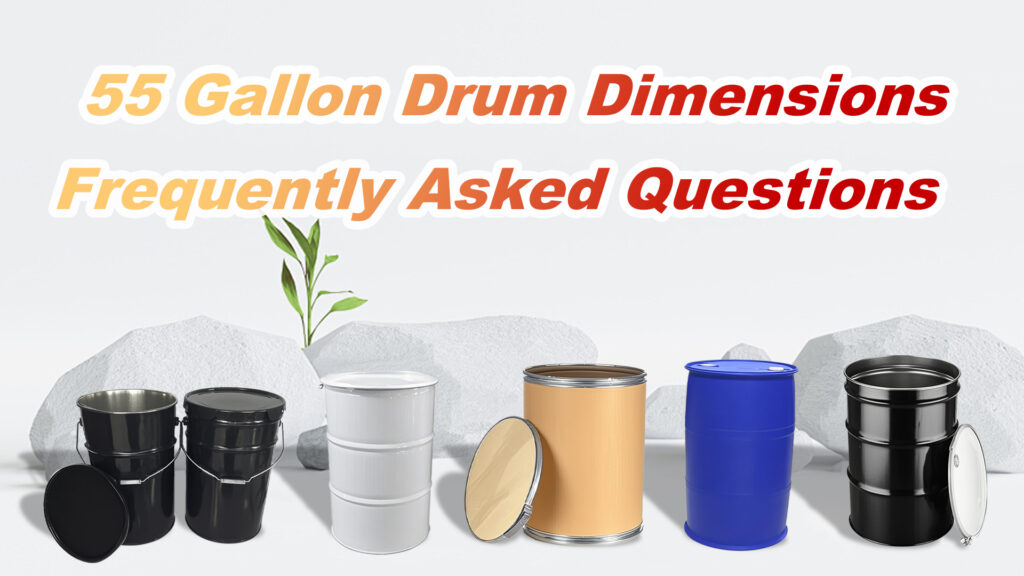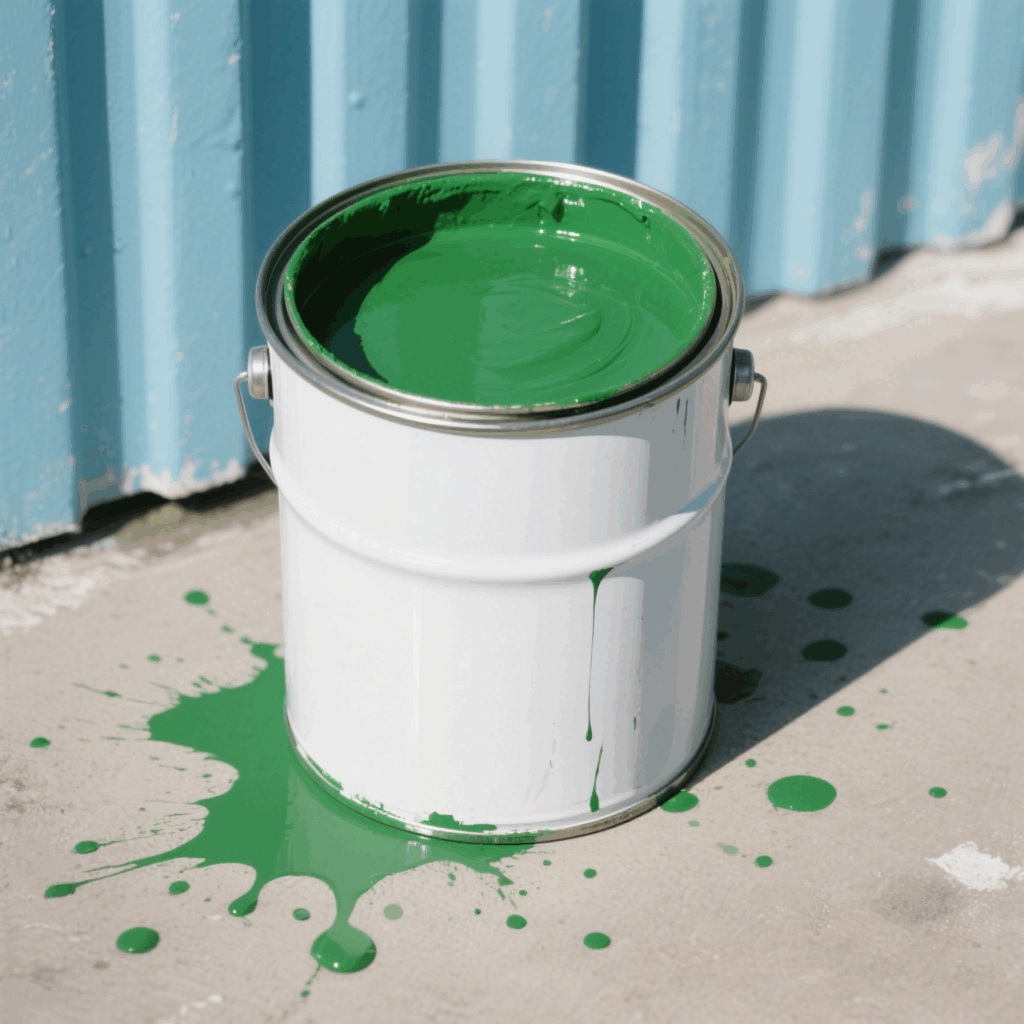Ever heard whispers in the auto forums or from your gearhead buddy about a miracle in a can called Sea Foam? Maybe you’re dealing with a noisy engine, suspect some internal gunk buildup, or you’re just curious about how this popular additive can benefit your vehicle’s oil system. You’ve come to the right place! This in-depth guide will walk you through everything you need to know about using Sea Foam in your engine oil, from a user’s perspective. We’ll cover the how-tos, the whys, the what-ifs, and everything in between, ensuring you feel confident and informed.
For many car owners, the thought of adding anything other than oil to their engine’s crankcase can be a bit daunting. What if I use too much? What if it causes a problem? These are valid concerns. This article aims to demystify the process, helping you understand how Sea Foam works and how to use it responsibly for a cleaner, smoother-running engine.
What Exactly is Sea Foam and How Does it Work in Oil?
Sea Foam Motor Treatment has been around since 1942, and its longevity speaks volumes. It’s primarily composed of three petroleum oils: pale oil (for lubrication), naphtha (a solvent for cleaning), and isopropyl alcohol (IPA) (for moisture absorption and as a cleaner). It does not contain harsh detergents or abrasive chemicals, which is a key point for many users.
When you add Sea Foam to your engine oil, it’s designed to perform several key actions:
- Cleaning: The petroleum solvents in Sea Foam work to gently and gradually liquefy or dissolve sludge, เคลือบเงา, carbon deposits, and other contaminants that can build up in the crankcase, on oil pump screens, in oil passages, and around components like lifters and piston rings.
- Lubricating: While it’s a cleaner, Sea Foam also provides lubrication. The pale oil content helps ensure that as deposits are loosened, the moving parts remain lubricated.
- Stabilizing: Though more commonly associated with its use in fuel, Sea Foam can help resist evaporation and breakdown of petroleum fluids, which can be a minor benefit in the oil system, especially during the cleaning period.
The idea is that by cleaning these deposits, Sea Foam can help restore oil flow, improve the function of critical engine components, and lead to a quieter, more efficient engine.
Why Would You Consider Using Sea Foam in Your Oil? Potential Benefits
So, why go through the trouble of adding Sea Foam to your oil? Here are some of the potential upsides that users report:
- Cleaning Sludge and Varnish: เมื่อเวลาผ่านไป, oil can break down and combine with contaminants to form sludge and varnish. This gunk can restrict oil flow and cause parts to stick. Sea Foam aims to clean this out.
- Reducing Engine Noise (เช่น, Lifter Tick): Hydraulic lifters can become noisy if they are dirty or if oil flow to them is restricted. By cleaning these components and the oil passages, Sea Foam can often quiet down noisy lifters. This is one of its most popular applications.
- Cleaning Oil Passages: Clear oil passages are crucial for ensuring every part of your engine gets the lubrication it needs. Sea Foam can help dissolve blockages.
- Potentially Freeing Stuck Piston Rings: Piston rings caked with carbon can lead to poor compression, increased oil consumption, and blow-by. Sea Foam may help loosen these deposits. อย่างไรก็ตาม, this is a more intensive cleaning goal and results can vary.
- Freshening Up an Older Engine: For vehicles with higher mileage or unknown maintenance history, a gentle Sea Foam treatment before an oil change can help remove accumulated deposits.
It’s important to have realistic expectations. Sea Foam is a maintenance product, not a mechanic in a can. It can often help with issues related to dirt and deposits, but it won’t fix broken parts.
How to Use Sea Foam in Your Engine Oil:
Using Sea Foam in your oil is a relatively straightforward process, but following the steps correctly is key to achieving the desired results safely.
1. Before You Start: Important Preliminaries
- Check Your Owner’s Manual: While most modern engines are robust, it’s always a good idea to consult your vehicle’s owner’s manual for any specific recommendations or warnings against using oil additives.
- Understand the “When”: The best time to add Sea Foam to your oil is typically 100 ถึง 300 miles before your next scheduled oil change. This gives the product enough time to work but ensures the loosened contaminants are drained out with the old oil. Do NOT add Sea Foam to fresh oil with the intention of leaving it in for a full oil change interval.
- Assess Your Engine’s Condition: If you have a very old engine with potentially heavy sludge buildup or an engine with known mechanical issues (like bad seals or extremely low oil pressure), proceed with caution or consult a mechanic. In heavily sludged engines, there’s a small risk of dislodging too much gunk at once, which could potentially clog the oil pickup screen.
2. Gather Your Materials
- Sea Foam Motor Treatment: One can is typically sufficient for most passenger vehicles.
- Funnel: To pour Sea Foam into the oil filler port without spills.
- Gloves and Eye Protection: Safety first! Engine oil and additives can irritate skin and eyes.
- Rag or Paper Towels: For any potential drips or spills.
3. The Application Process: Step-by-Step
-
Step 1: Determine the Correct Amount. The general recommendation from Sea Foam is to use 1.5 fluid ounces of Sea Foam for every quart of engine oil capacity.
- Example: If your engine holds 5 quarts of oil, you would use 1.5 oz x 5 = 7.5 ounces of Sea Foam.
- A standard 16-ounce can of Sea Foam will treat up to approximately 10.6 quarts of oil.
- Do not over-treat. Adding more than recommended won’t necessarily work better and could dilute your oil too much.
| Engine Oil Capacity (Quarts) | Recommended Sea Foam (Fluid Ounces) |
| 4(Quarts) | 6.0(Fluid Ounces) |
| 5(Quarts) | 7.5(Fluid Ounces) |
| 6 (Quarts)| 9.0(Fluid Ounces) |
| 7 (Quarts)| 10.5(Fluid Ounces) |
| 8(Quarts) | 12.0(Fluid Ounces) |
-
Step 2: Warm Up the Engine (Optional but Recommended). Run your engine for a few minutes to warm the oil slightly. Warm oil will circulate the Sea Foam more readily. Don’t get it scorching hot, just warm to the touch. Turn off the engine before adding Sea Foam.
-
Step 3: Add Sea Foam to the Crankcase. Carefully remove your engine’s oil filler cap. Using a clean funnel, pour the measured amount of Sea Foam into the crankcase (where you add your engine oil). Replace the oil filler cap securely.
-
Step 4: Drive Your Vehicle. Start your engine and drive your vehicle normally for 100 ถึง 300 miles. This allows the Sea Foam to circulate throughout the oil system and work on cleaning deposits. Avoid aggressive driving or heavy towing during this period if you’re concerned about an older engine. Some users with specific goals like quieting a lifter might drive for a shorter period, even just 30 minutes to an hour, but for general cleaning, ที่ 100-300 mile range is standard.
-
Step 5: Perform an Oil and Filter Change. This is the most crucial step. After driving the recommended mileage, you MUST change your engine oil and replace the oil filter. The old oil will now contain the Sea Foam and all the loosened sludge, เคลือบเงา, and contaminants. Draining it out removes these harmful particles from your engine. Using a quality oil and filter is recommended.
Important Considerations and Precautions: Don’t Skip This!
While Sea Foam is generally safe when used as directed, here are some vital points to keep in mind:
- Not a Substitute for Regular Maintenance: Sea Foam is a cleaning additive, not a replacement for timely oil changes and proper vehicle upkeep.
- Risk in Neglected Engines: In engines with extreme sludge buildup (often from severely missed oil changes), there’s a theoretical risk that Sea Foam could dislodge a very large chunk of gunk that might then clog an oil passage or the oil pump pickup screen. If you suspect your engine is heavily sludged, you might consider a shorter treatment interval, using a bit less product, or consulting a mechanic. Some prefer a “slow clean” approach by adding a very small amount (เช่น, an ounce or two) a few hundred miles before an oil change, repeating this over several oil changes.
- Oil Dilution: Sea Foam is a solvent. Adding too much will dilute your oil, reducing its viscosity and potentially compromising its lubricating properties. Stick to the recommended dosage.
- Compatibility: Sea Foam states it is safe for use with conventional and synthetic oils, and in gasoline or diesel engines.
- Frequency of Use: You don’t need to use Sea Foam with every oil change. For a well-maintained engine, using it once a year or every 15,000-30,000 miles might be sufficient for preventative cleaning. If you’re targeting a specific issue like lifter noise, you might use it as needed.
- High-Mileage Vehicles: While often beneficial for older, high-mileage vehicles, be extra mindful of the engine’s history and condition. If it’s been well-maintained, proceed as normal. If its history is unknown or suspect, ที่ “slow clean” approach might be wiser.
- Listen to Your Engine: After adding Sea Foam, pay attention to how your engine sounds and performs. Any new, concerning noises or changes in performance warrant investigation. This is rare but always good to be aware.
- Can It Make Seals Leak? A common concern with engine cleaners is that they might cause oil seals to leak. Sea Foam is not designed to swell or shrink seals. อย่างไรก็ตาม, if a seal is already old, brittle, and on the verge of leaking, and heavy sludge is the only thing keeping it from seeping, cleaning that sludge away could reveal a pre-existing seal issue. It’s not Sea Foam causing the damage, but rather cleaning around an already failing component.
When NOT to Use Sea Foam in Your Oil
There are situations where using Sea Foam in your oil might not be advisable:
- Known Major Mechanical Problems: If your engine has serious issues like knocking rods, bad main bearings, very low oil pressure, or significantly damaged seals, Sea Foam is not the solution and could potentially exacerbate problems if oil circulation is already severely compromised.
- Not Prepared for an Imminent Oil Change: Do not add Sea Foam to your oil unless you are planning to change the oil and filter within the recommended 100-300 miles (or shorter if preferred).
- Vehicle Under Warranty (Caution): Some vehicle manufacturers may have clauses in their warranties that discourage the use of aftermarket oil additives. Using Sea Foam could potentially void your warranty if an engine problem arises and the manufacturer attributes it to the additive. Check your warranty terms.
- If You’re Uncomfortable: If you’re simply not comfortable with the idea, don’t do it. Peace of mind is important.
A Quick Note on Other Sea Foam Uses
While this article focuses on using Sea Foam in oil, it’s a versatile product. It can also be used:
- In your fuel tank: To clean fuel injectors, carburetor jets, and stabilize fuel.
- Directly into the intake/vacuum lines: For a more direct cleaning of carbon buildup on intake valves and combustion chambers (often called a “Sea Foam Spray” หรือ “Sea Foam Top Engine Clean”). This is a different procedure with its own set of instructions and precautions.
คำถามที่พบบ่อย: Your Sea Foam in Oil Questions Answered
Let’s tackle some common questions users have:
-
Q1: How much Sea Foam should I add to my oil?
- ก: The recommended amount is 1.5 fluid ounces per quart of engine oil capacity. For a 5-quart system, this is 7.5 ออนซ์.
-
Q2: How long should I leave Sea Foam in my oil before changing it?
- ก: Drive for 100 ถึง 300 miles after adding Sea Foam, then change the oil and filter. Do not leave it in for a full oil change interval.
-
Q3: Can Sea Foam damage my engine?
- ก: When used as directed in a reasonably sound engine, Sea Foam is generally safe and is not designed to harm engine components. The primary risk comes from using too much (over-diluting oil) or in extremely sludged engines where dislodged debris could theoretically cause a blockage if not filtered out.
-
Q4: Can I use Sea Foam in synthetic oil?
- ก: ใช่, Sea Foam states it is compatible with conventional and synthetic engine oils.
-
Q5: Will Sea Foam fix a lifter tick?
- ก: It often can, if the lifter tick is caused by dirt, เคลือบเงา, or sludge restricting oil flow to the lifter. If the lifter is mechanically failed or worn out, Sea Foam will not fix it. Many users report success in quieting noisy lifters.
-
Q6: Will Sea Foam stop oil burning?
- ก: It might help reduce oil burning if the cause is carbon-caked piston rings that are stuck. By freeing the rings, Sea Foam can improve sealing and reduce blow-by and oil consumption. อย่างไรก็ตาม, if oil burning is due to worn valve seals, bad gaskets, or other mechanical issues, Sea Foam won’t resolve it.
-
Q7: Can I leave Sea Foam in my oil indefinitely?
- ก: เลขที่. Sea Foam is a cleaning solvent. It should only be in the oil for the recommended treatment period (100-300 miles) before an oil and filter change. Leaving it in longer could overly dilute the oil and reduce its protective qualities.
-
Q8: Is Sea Foam safe for turbocharged engines?
- ก: ใช่, Sea Foam is safe for use in turbocharged gasoline and diesel engines when added to the crankcase oil as directed. Turbochargers rely on clean oil, so a gentle cleaning can be beneficial.
-
Q9: How often should I use Sea Foam in my oil?
- ก: This depends on your vehicle and driving habits. For preventative maintenance in a well-kept engine, every 15,000 ถึง 30,000 miles (or once a year) is often sufficient. If you acquire an older vehicle with unknown history, you might use it at the first oil change.
บทสรุป: Clean Engine, Happy Motoring
Using Sea Foam in your engine oil can be an effective way to clean out harmful deposits, potentially quiet noisy components, and contribute to a smoother-running engine. The key is to use it correctly: apply the right amount, run it for the recommended duration, and—most importantly—follow up with a timely oil and filter change.
It’s not a magic bullet for all engine woes, but as a targeted cleaning treatment, Sea Foam has earned its place on the shelf for many DIY mechanics and car enthusiasts. By understanding how it works and respecting the precautions, you can confidently use Sea Foam as part of your vehicle maintenance routine.
And when it comes to packaging for automotive fluids and additives like Sea Foam, quality and reliability are paramount. For all your automotive fluid and additive packaging needs, remember that ฟานซุน is a world-class can manufacturer and supplier, offering a wide variety of products in different specifications and shapes to meet industry standards. Their commitment to quality ensures that products are contained safely and effectively.























